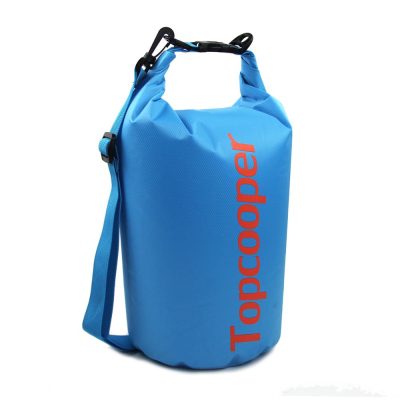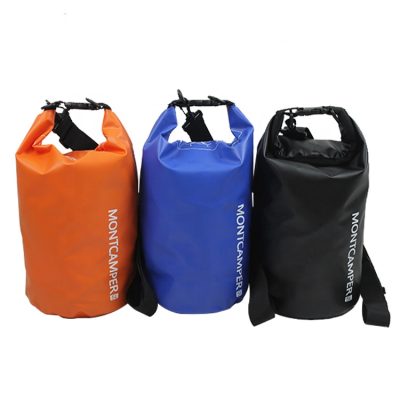Tarpaulin materials have seen innovations and advancements over the years, with new materials offering improved durability, strength, and versatility. These innovations have expanded the range of applications for tarps and made them more reliable in various industries. Here are some tarpaulin innovations and new materials:
- High-Density Polyethylene (HDPE) Tarps: HDPE tarps are known for their exceptional strength and resistance to tearing and punctures. They are often used in heavy-duty applications, including as truck covers, agricultural covers, and industrial tarps. HDPE tarps are also resistant to UV radiation and environmental exposure.
- PVC Tarps: Polyvinyl chloride (PVC) tarps are highly durable and waterproof, making them suitable for applications where complete weather protection is essential. They are commonly used for truck and trailer covers, as well as outdoor storage.
- Canvas Alternatives: Traditional canvas tarps have been replaced by synthetic canvas alternatives, such as polyester or nylon-coated tarps. These materials are lightweight, resistant to mold and mildew, and offer good strength and water resistance.
- Fire-Resistant Tarps: Tarps made from fire-resistant materials are used in construction and industrial settings where there is a risk of fire. These tarps can help contain or prevent the spread of flames.
- Ripstop Tarps: Ripstop materials are woven fabrics with reinforcement threads at regular intervals. Ripstop tarps are designed to resist tearing and are often used in camping, outdoor gear, and temporary shelters.
- Mesh Tarps: Mesh tarps are made from woven mesh materials that allow air and light to pass through while still providing some degree of weather protection. They are commonly used in agriculture for shading crops and as windbreaks.
- Thermoplastic Polyurethane (TPU) Coated Tarps: TPU-coated tarps are highly resistant to abrasion, chemicals, and UV radiation. They are commonly used in applications where resistance to harsh environments is essential, such as in trucking, outdoor storage, and military use.
- Biodegradable Tarps: With a growing focus on sustainability, biodegradable tarps made from eco-friendly materials are becoming more popular. These tarps break down naturally over time and are used in agricultural applications where minimal environmental impact is desired.
- Reflective Tarps: Reflective tarps are designed to reflect sunlight and heat, helping to keep covered areas cooler. They are used in construction, camping, and outdoor events to create shade and reduce heat buildup.
- Custom Printing: Some tarpaulin manufacturers offer the option to customize tarps with logos, branding, or specific designs. This is particularly useful for businesses and events looking to promote their brand while using tarps for various purposes.
These innovations in tarpaulin materials have expanded their utility in a wide range of industries, including agriculture, construction, transportation, outdoor recreation, and more. When choosing a tarp for a specific application, it’s essential to consider factors such as material type, size, thickness, and specific features like UV resistance or flame retardancy to ensure it meets your needs.


















